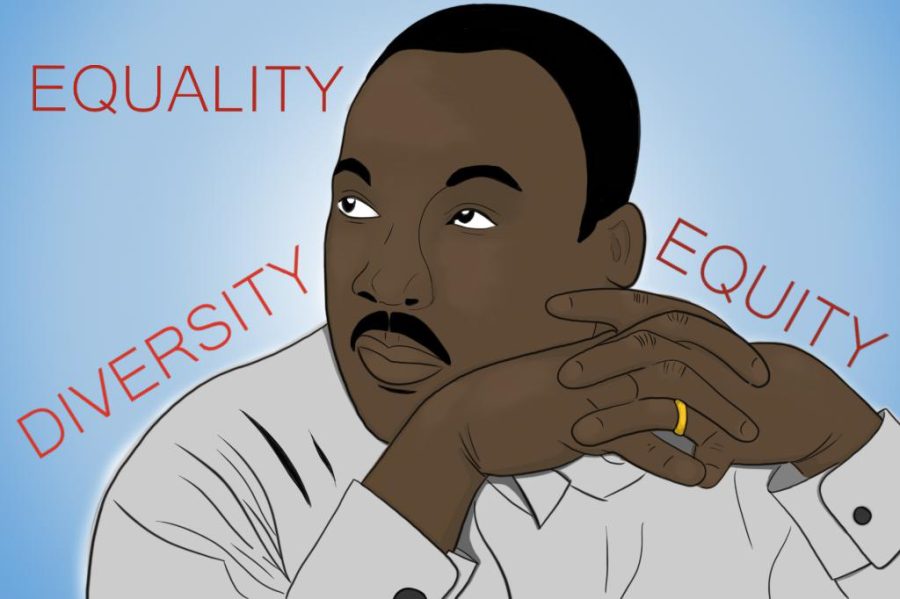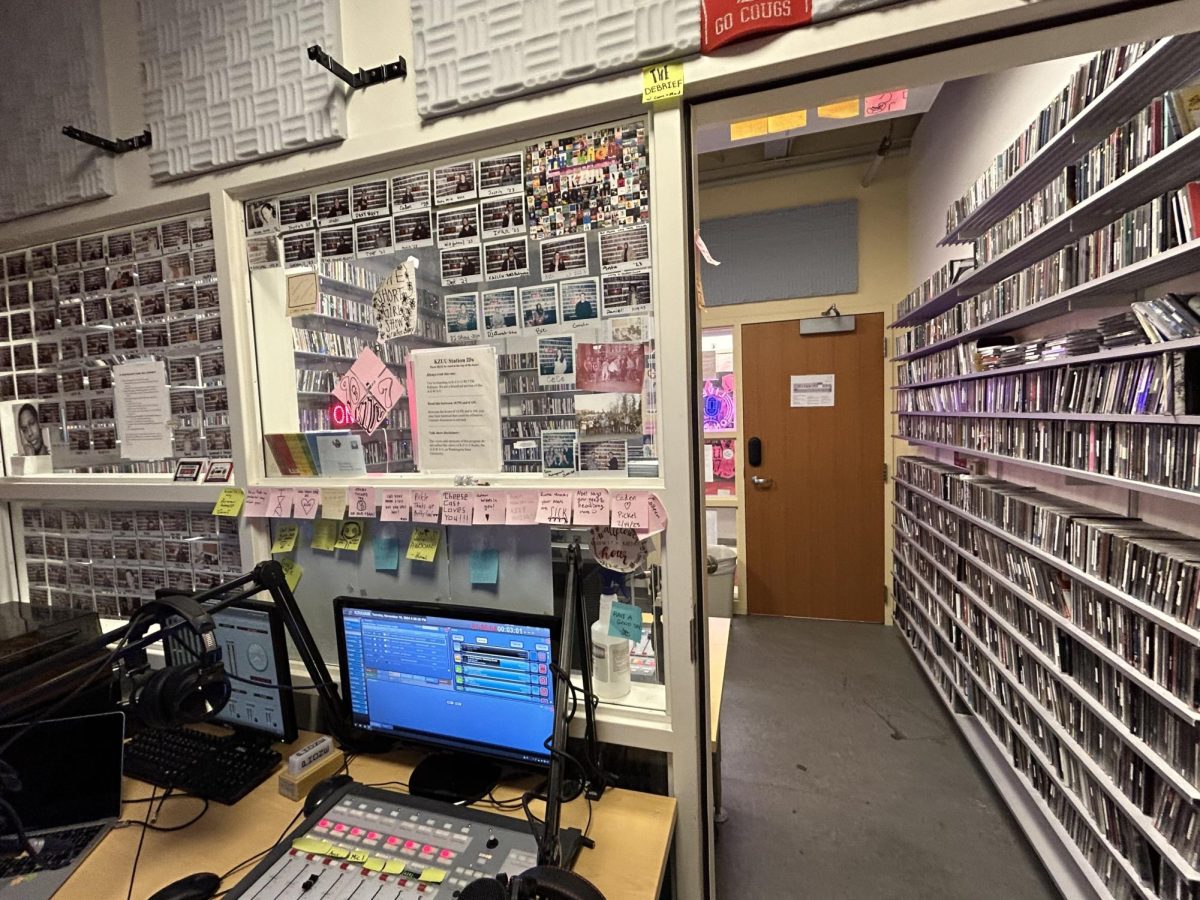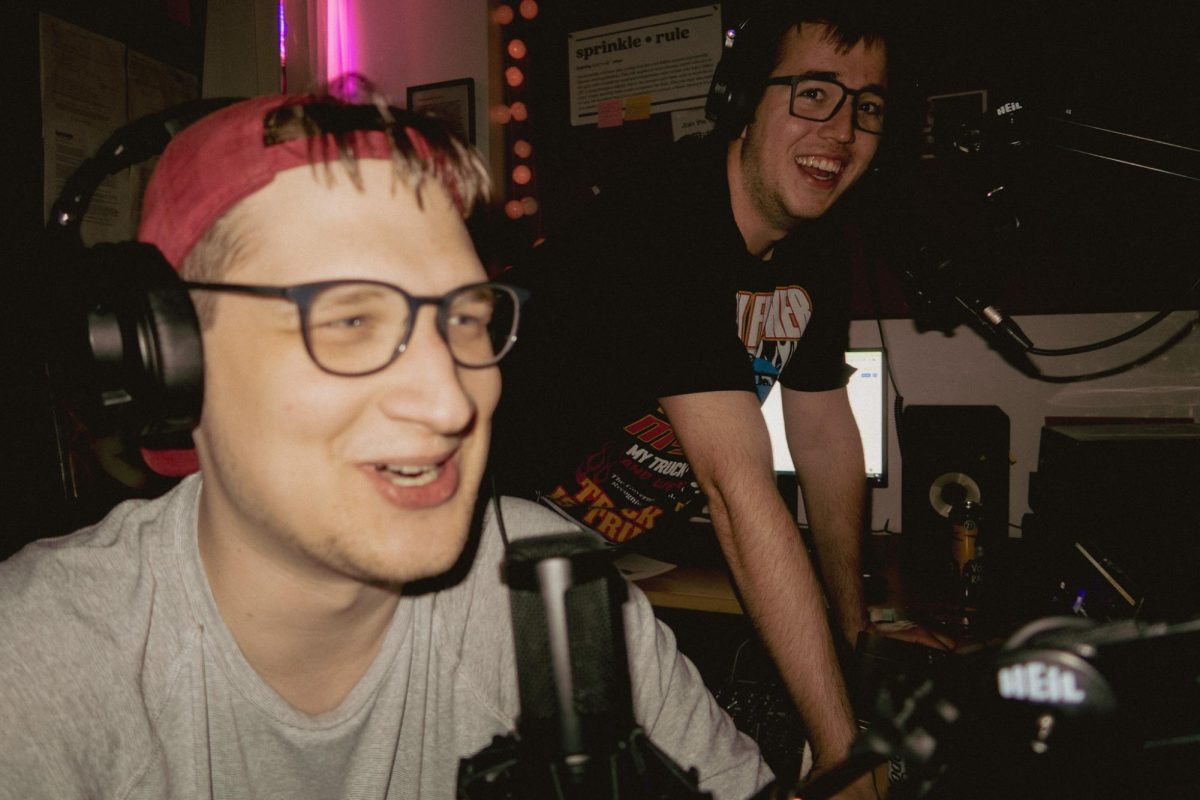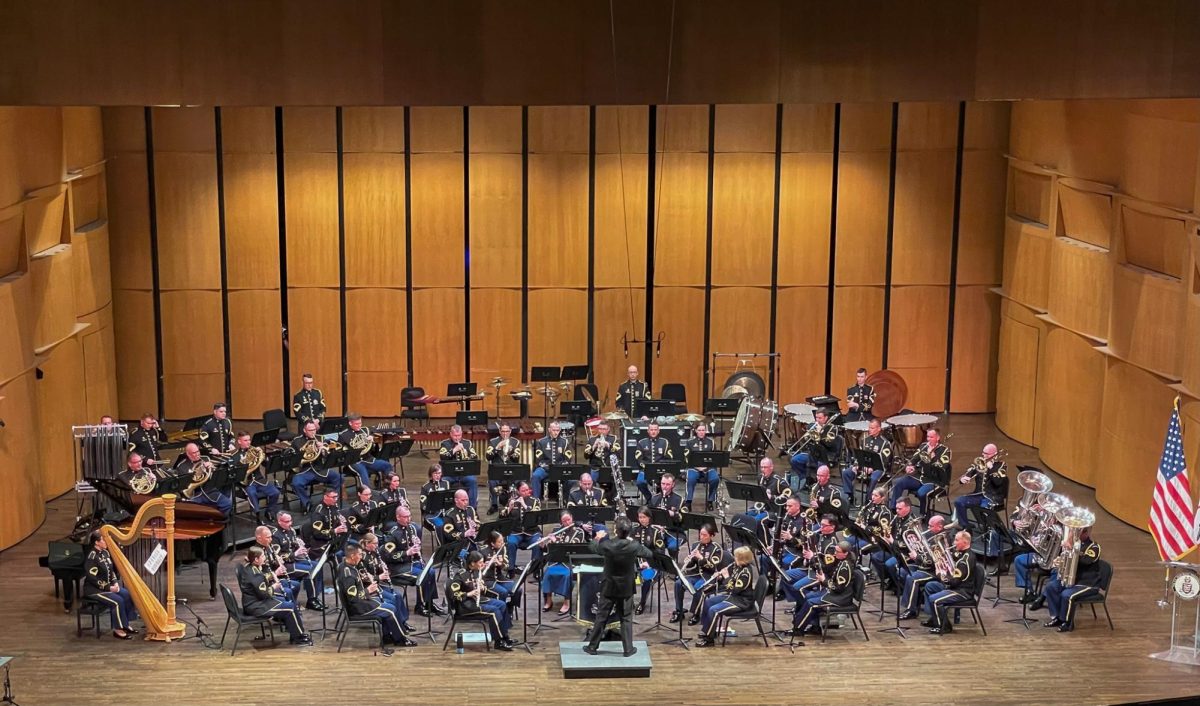As the seasons change and holidays approach, many students anticipate not just Christmas, Hanukkah or New Year’s but also Spotify Wrapped Day.
Spotify users eagerly await this year’s colorful, personalized recap of their listening habits. Speculation swirls around the release date, as the platform begins collecting user data on Jan. 1 and stops in October. During the interim month, the data is analyzed and transformed into the eye-catching, shareable graphics Spotify Wrapped is known for.
In the battle of music streaming platforms, Spotify leads with 620 million monthly users and 240 million paying subscribers, far outpacing Apple Music’s 88 million. Among Gen Z, Spotify remains especially popular due to its free option, sleek interface and personalized features like Wrapped, introduced in 2015 as “Year in Music.”
According to Vox, Spotify Wrapped provides users with statistics like minutes listened, top artists and a playlist of their most-streamed songs. Over the years, Spotify has refined how it collects and presents this data, though not all listeners are thrilled with these changes.
Beyond listening habits, Spotify gathers user data like age, gender and location through IP addresses. While this allows for hyper-specific recommendations, some users find it invasive.
“I like getting specific recommendations on Spotify, but sometimes the recommendations are a little too specific,” said Jocelynn Brown, sophomore animal science major and Spotify subscriber.
Brown said this tailored approach sometimes feels limiting.
“I think that sometimes the recommendations limit my listening,” she said.
Spotify’s use of AI to refine algorithms has drawn criticism from listeners who feel it encroaches on their personal space.
“I feel like I’m being exploited,” Brown said.
For casual music listeners, Wrapped offers an opportunity to expand their tastes. However, for indie enthusiasts, it is often a platform to flaunt their obscure music preferences on social media. Sharing Wrapped results has become less about celebrating personal taste and more about status, creating a culture of performative music consumption.
Some users even manipulate their listening history before the tracking period ends, playing less mainstream artists to appear more “indie” and unique.
“I’m worried that my Wrapped will be basic this year,” Brown said, referencing her recent listening to popular artists Chappell Roan and Sabrina Carpenter.
This concern reflects a broader trend where niche tastes are seen as cool, and mainstream preferences are deemed less desirable.
Despite the self-consciousness Wrapped can spark, the anticipation remains.
“I’ve been waiting,” Brown said. “I just want to see how cringe it is, for me and everyone else.”
Spotify Wrapped continues to fuel conversations about individuality, social media performance and the evolving relationship between music and technology.














